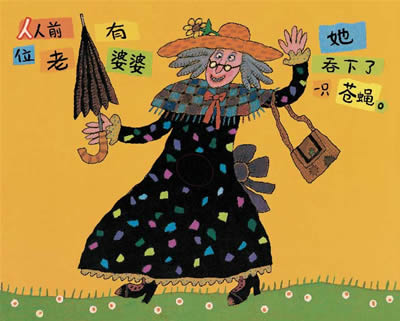— Picture Book Series: Eat All Your Peas
Children in our elementary program get flashcards of Chinese characters each class. How to help them digest and practice these characters in class? One method we use is to make short plays with Chinese characters.
The following is an example of how we use the picture book 《吃掉你的豌豆》(Eat All Your Peas) to make short plays.
In this cute story, the girl does not like eating peas. The mom bribes her with chocolate factories, ice creams, rockets, zoos, pets etc. The mom in the book says: “如果你吃掉豌豆,我可以给你买冰淇凌/ 巧克力工厂/ 火箭…… (If you finish all your peas, I can buy you the ice cream/ the chocolate factory/ the rocket…” And the girl replies: “我不要冰淇凌/ 巧克力工厂/ 火箭! 我不爱吃豌豆! (I do not want to have ice cream/ chocolate factory/ rocket. I do not like eating peas!)” Children learn the sentence pattern: “我不要……!我不爱吃豌豆!” (I do not want…! I do not love peas!) They also learn different objects appear in the book.
Afterwards, they make a short play with their flashcards. The teacher plays the role of the mom, and the children play the role of the daughter. The teacher first says: “如果你吃掉豌豆,我可以给你买冰淇凌。 (If you finish your peas, I can buy you the ice cream.) ” The students then use their flashcards to make the sentence and say: “我不要冰淇凌! 我不爱吃豌豆! (I do not want to have ice cream. I do not like eating peas!)” The teacher then says: “如果你吃掉豌豆,我可以给你买巧克力工厂。(If you finish your peas, I can buy you the chocolate factory.” The children response both orally and with flashcards: “我不要巧克力工厂! 我不爱吃豌豆! (I do not want to have ice cream. I do not like eating peas!)” The short play covers all the pages in the picture book.
There are several benefits of using the short play to practice the language. First, it is a very vivid learning method combining both Chinese character reading and Chinese speaking. Second, the short play simulates a real situation for children to use the language. Instead of reading out the flashcard to the teacher, they get the chance of interacting with each other during the short play.
– Chinese with Meggie Language School, Austin, Texas





